Planning a trip to the 49th State? These ten things to know before visiting Alaska will help ensure that you’re ready for the ultimate Alaskan adventure!
Alaska is a fascinating place. For starters, it strikes a unique balance between familiar and mysterious. You’ve probably seen at least one of the dozens of shows centered on various parts of Alaskan life, but at the same time, the state is so far away and so huge that it feels completely foreign to the rest of the United States. Few places capture the imagination quite like it, and it’s difficult to fully grasp the grandeur, beauty, and culture of the Great Land until you’ve been there yourself.
Once you’ve gone, though, it will be hard to get it out of your heart.
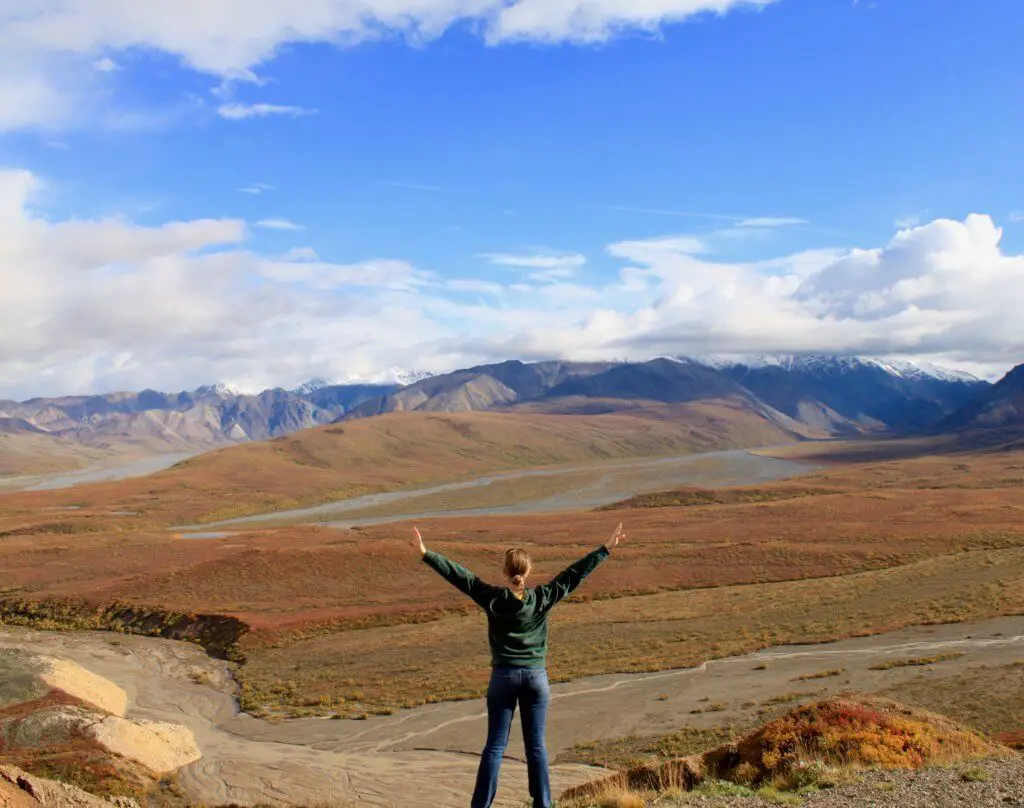
For many, Alaska is a once-in-a-lifetime vacation destination. It’s far away, it’s expensive, and it takes a decent amount of time to do the place any justice. Chances are, if you’re planning a trip to Alaska, you’re wanting to make sure that you get the most out of your time that you possibly can. One way to do that is to be as prepared as possible, and that’s where this post comes in.
I spent three years working in the tourism industry in the 49th State, and today I’m going to share some of my best tips, suggestions, and things you should know before visiting Alaska. I hope this roundup helps you in planning your own trip of a lifetime!
10 Things to Know Before Visiting Alaska
1.) You're selling yourself short if you don't go inland.
Alaska cruises are an extremely popular way to see the Great Land, and with good reason. Cruising allows you to hit lots of points of interest in a short amount of time, including some – like Glacier Bay – that are difficult, expensive, or time-consuming to visit on your own. But Alaska’s cruise highway showcases just a tiny fraction of the wonders this incredible state has to offer.
If your heart is set on an Alaska cruise, make sure to build in some extra time to spend on land. Head north to Denali National Park and Preserve, visit the fun and quirky city of Anchorage, explore the beautiful Kenai Peninsula, or travel to more rugged and far-flung corners like Wrangell-St. Elias National Park or the Dalton Highway. You absolutely will not regret it.
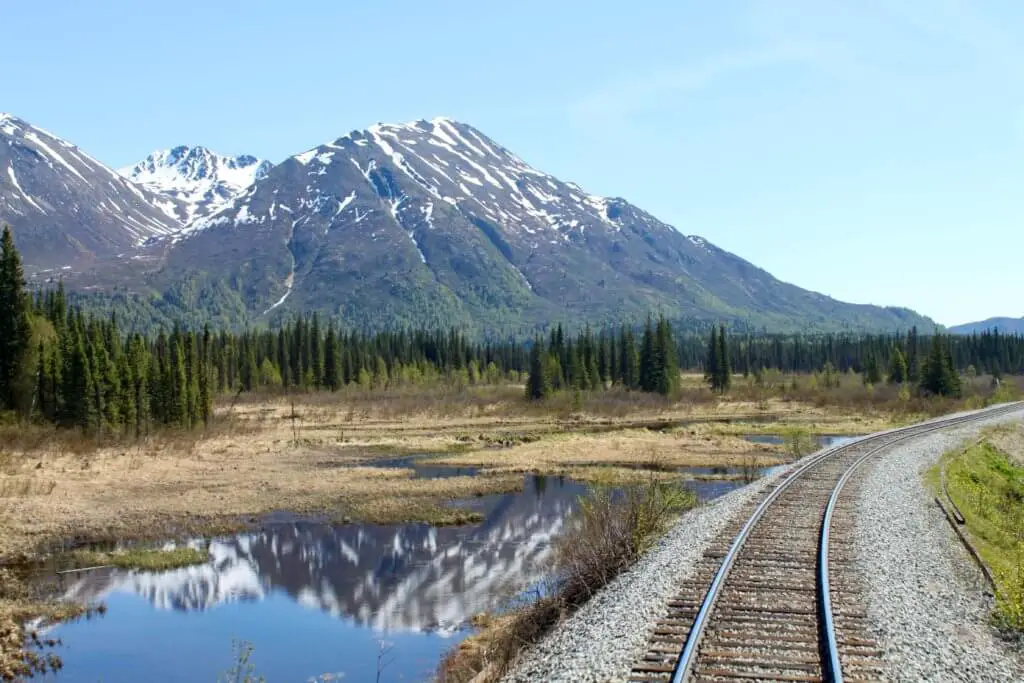
2.) Alaska is expensive.
Don’t get sticker-shocked; Alaska is not a cheap destination. The standard of living is often over 25% higher than the national average, and many goods have to be imported, which results in higher price tags. (The remote town of Skagway, for example, relies on a once-weekly barge to deliver groceries and supplies.) As a result, you’ll see noticeable markups on things like restaurant food, gasoline, and groceries.
Also contributing to high prices is the short tourist season. Tour operators, hotels, excursion vendors, souvenir shops, and other businesses have a narrow window in which to make enough income to last them for the entire year, so bargain prices can be hard to find. Build a little extra into your budget if possible, and be prepared for most goods and services to cost more than you may find back home.
3.) Book summer tours and accommodations well in advance.
Summer is high tourist season in Alaska, and although the tourism infrastructure is robust, accommodations and tours can sell out quickly. It is essential to book your lodging as soon as possible, especially in smaller or more popular destinations like Denali, Girdwood, or Seward.
With regard to tours and activities, don’t leave anything up to chance. I’m not saying that you need to book yourself solid for every waking minute of your Alaska vacation, but if there is something you don’t want to miss, make sure to book it ahead. I would hate for you to get to the Great Land and find that that flightseeing tour you had been considering no longer has any space available.
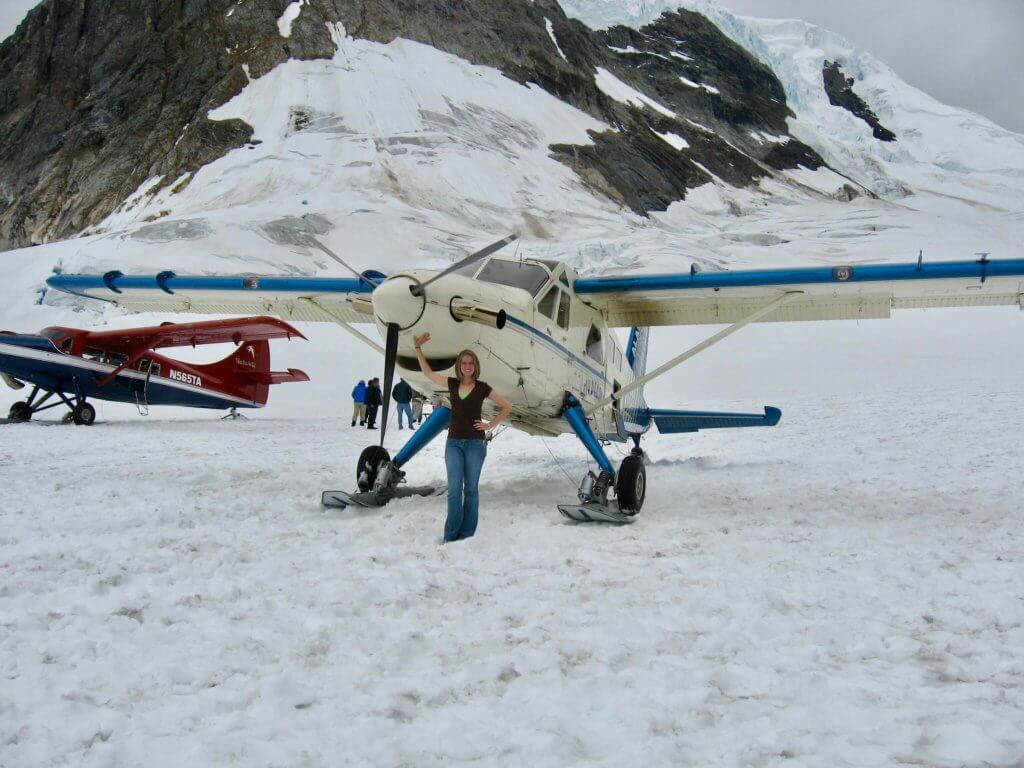
4.) You can't see the Northern Lights in the summer.
Although many people journey to Alaska with the hope of seeing the aurora borealis, or northern lights, the unfortunate truth is that it is impossible to see for most of the summer tourist season. In the summer months, the long days and “midnight sun” means that it never gets dark enough for the lights to be visible.
If seeing the northern lights are a priority, make sure to travel between September and April. Personally, I suggest early to mid-September because most tour companies and summer attractions are still in service and available, but there is plenty to do in the winter, too! Just remember that the lights are unpredictable and there is no guarantee that any particular time of year will give you more than a chance of seeing them.
5.) Wildlife is unpredictable... and wild.
Spotting Alaska’s famous wildlife is at or near the top of most people’s Alaska bucket lists, but keep in mind that the animals are just that: wild. There’s no telling when or where a moose or a grizzly might appear.
To maximize your chances of spotting wildlife, it is essential that you spend some time in Alaska’s interior, particularly in places like Denali National Park. Alaskan animals also tend to prefer cooler weather, so attempting your wildlife viewing in the cool of the morning or outside of the warmest months of the year (mid-June to mid-August) can also improve your chances.
Finally, it should go without saying, but do NOT approach wildlife in Alaska. Even the cutest moose can be deadly, so treat the animals with respect and keep your distance.
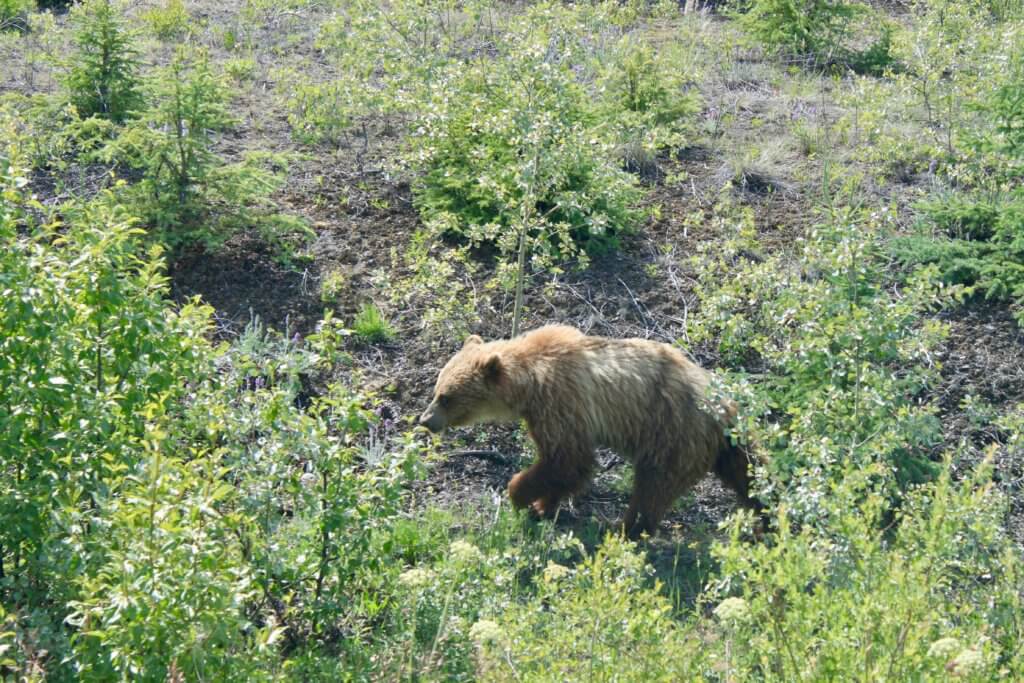
6.) Plan to dress in layers.
The weather in Alaska is unpredictable and constantly changing, so you’ll want to go into your Alaska vacation prepared for anything the skies might throw at you. Don’t be afraid to pack some t-shirts, but you’ll also want long-sleeved shirts, a sweater or hoodie or two, and a light, waterproof jacket.
Alaska’s interior can get quite warm in the summer (I’m talking over 80°F on a very hot day in places like Fairbanks), but the coastline is generally cooler and wetter. Mornings can be chilly, as can breezes off of glaciers or at higher elevations. By dressing in layers, you’ll be ready for anything!
(PS: Wondering what to pack for a summer trip to Alaska? Don’t miss my helpful Alaska packing list!)
7.) Expect more rustic accomodations.
While cities like Juneau, Anchorage, and Fairbanks have plenty of chain and business hotels, on the whole accommodations in Alaska tend to be smaller and more rustic. This isn’t a place to expect a lot of frills, swanky decor, or adherence to the newest design trends. This is a place where practicality and functionality reign in the multitude of clean, cozy, and modest places where you can lay your head. The real attractions are outside, anyway.
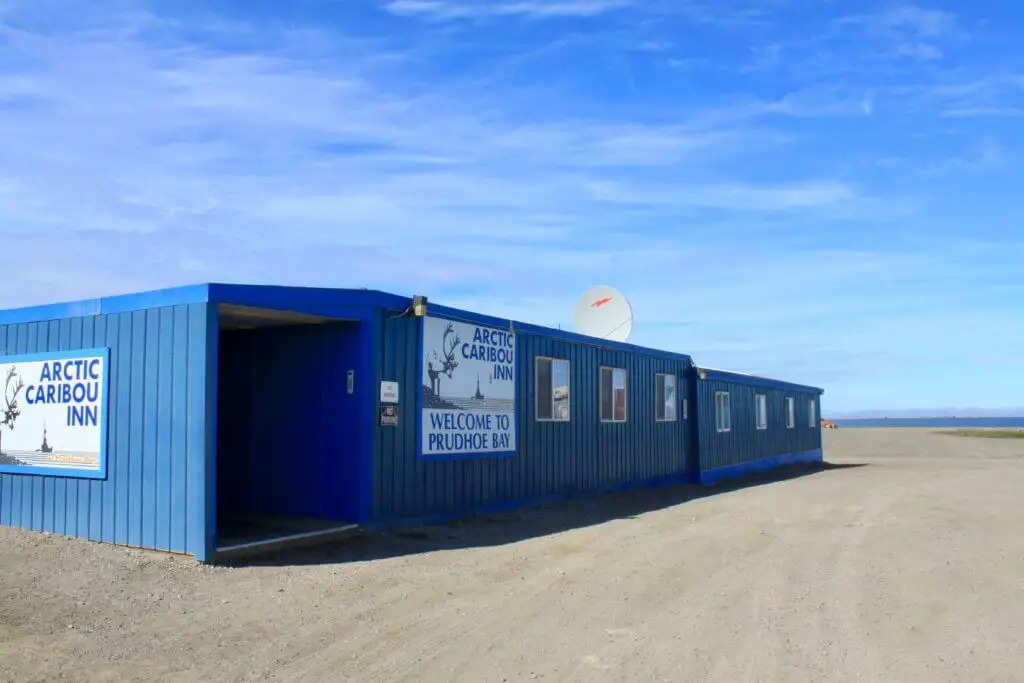
8.) Take care of your health.
Long before COVID-19, we tour guides in Alaska were imploring our guests to wash their hands, use hand sanitizer, and look out for their overall health. The main sightseeing areas of the state see a ton of traffic, and with that traffic comes a lot of germs. Make sure you wash your hands frequently so you can stay healthy and enjoy the rest of your vacation.
Similarly, drinking plenty of water, using sunscreen, and wearing sturdy footwear will go a long way in ensuring you can make the most of your time in the 49th State!
9.) Alaska runs on "ish" time.
If I had a nickel for every time my schedule got thrown off while working as a tour director in Alaska, I probably would have taken a summer off. Trains and buses breaking down, wildlife causing traffic jams, wildfires closing down highways, clouds rolling in during a flightseeing tour, landslides wiping out stretches of road… I’ve seen it all! Thus, I used to warn my guests that Alaska runs on “ish” time, as in, “We’ll arrive at five o’clock…ish!”
It’s best to go into your Alaska vacation with patience, flexibility, and a sense of humor. Because of the size of the state and remote, wild nature of many of the places you’ll visit, things can certainly go awry! Everything may work out perfectly – many of my tours did! – but if delays or setbacks happen, try to look them as part of the adventure.
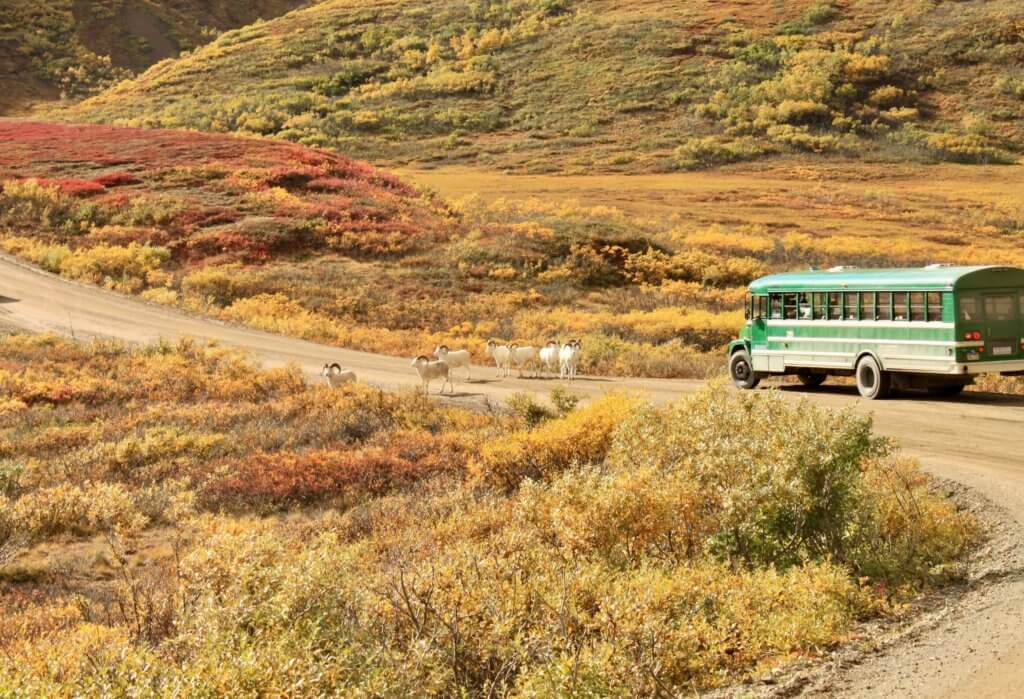
10.) There's plenty to do in Alaska in winter.
While summer is undoubtedly the most popular time to visit Alaska, there are plenty of things to do in the winter that make it a worthwhile off-season destination. Come fall and winter, you’ll find Alaskans taking advantage of the limited daylight hours by snowshoeing, snowmachining (snowmobiling), ice climbing, cross-country skiing, soaking in natural hot springs, ice fishing, and more. Places like Anchorage also have excellent museums, a thriving arts scene, and plenty of cozy cafes and restaurants to while away the winter hours.
In addition, winter brings lower prices for hotel rooms, as well as fun festivals and events like the Iditarod and Yukon Quest sled dog races, the Fur Rendezvous (known locally as the Fur Rondy), and Cordova’s Ice Worm Festival. So don’t let the cold weather or long nights intimidate you – winter in Alaska is an unforgettable experience!
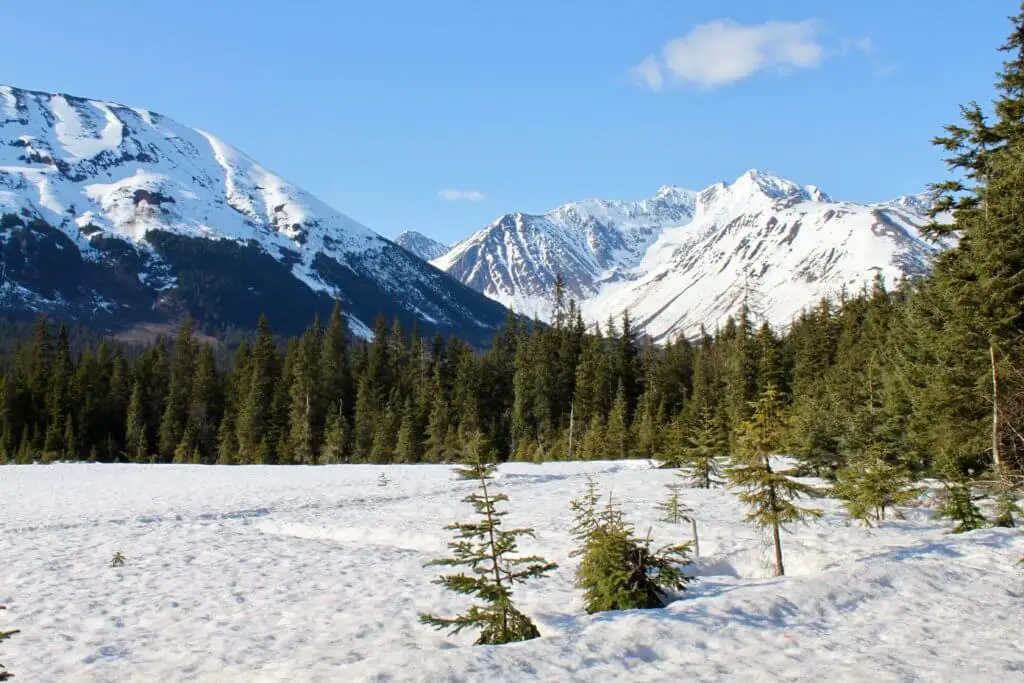
So there you have them: ten of my most helpful things to know before visiting Alaska! Still have questions? Let me know in the comments or drop me a line. Alaska is also one of my favorite vacation planning destinations, so make sure to reach out if you could use a little expert assistance with your trip!
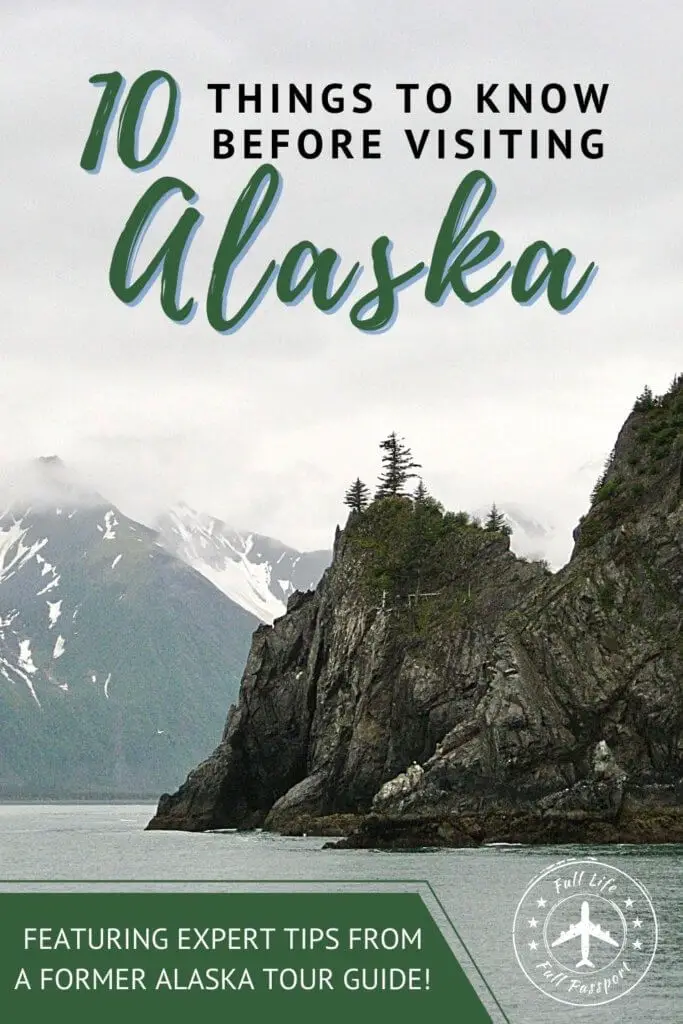
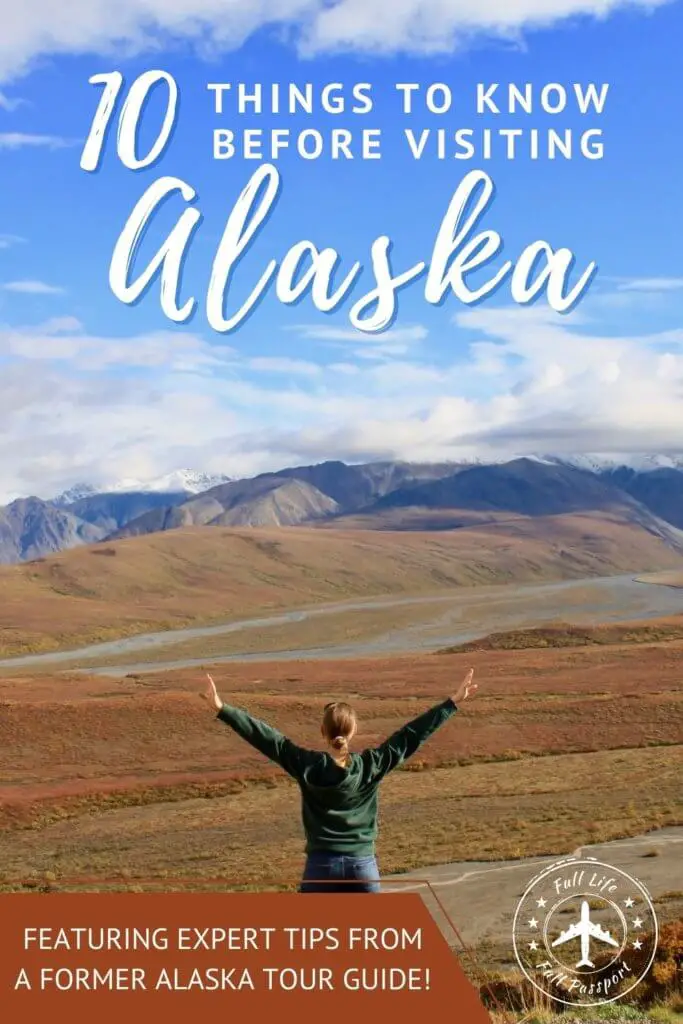
Like the post? Pin to save or share!
Read More:
Need some help planning your trip to Alaska? Full Life, Full Passport offers customized planning services for all kinds of vacations and budgets!
Want to be the first to know when a new post is published, or to receive exclusive content directly to your inbox? Join our email list!
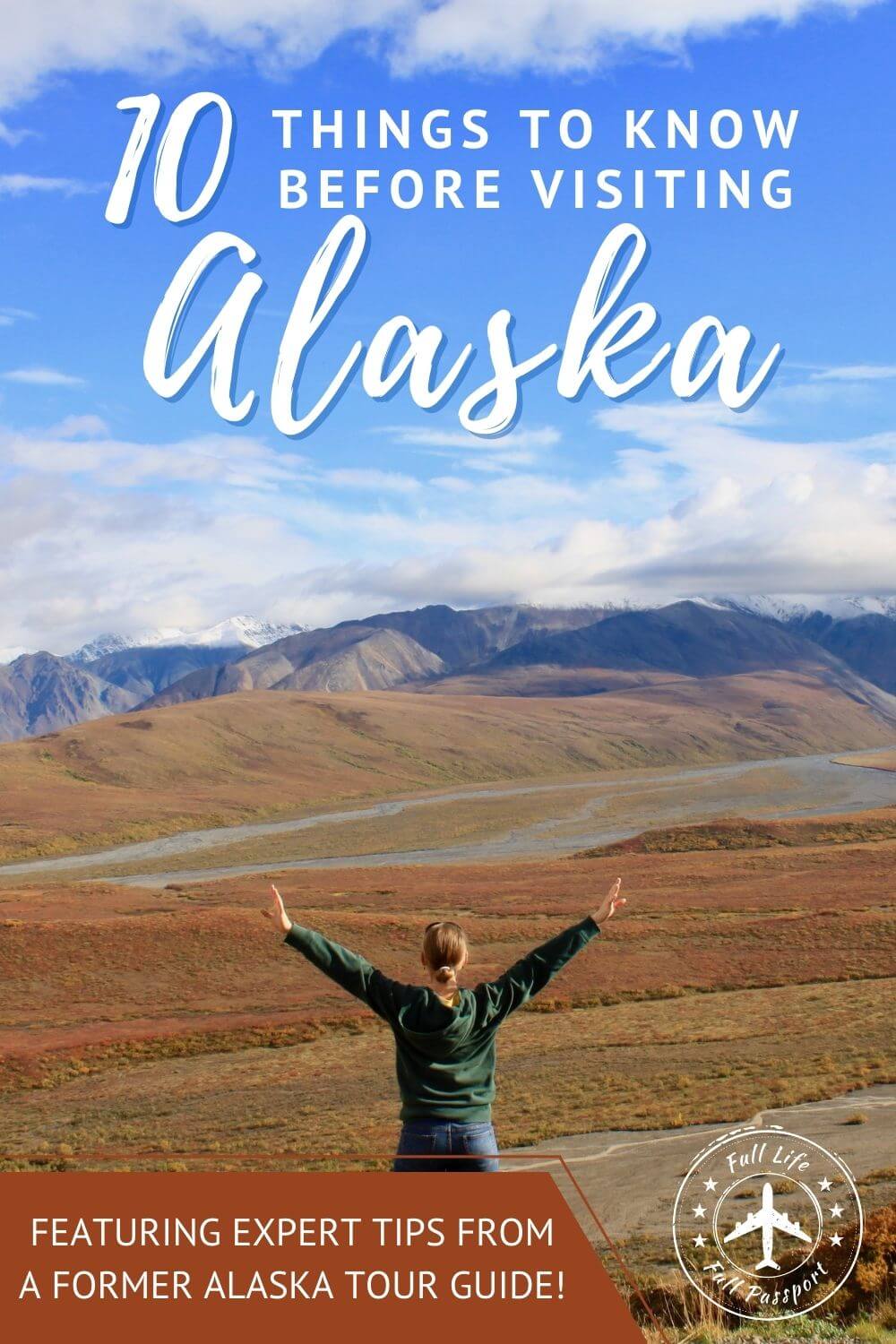
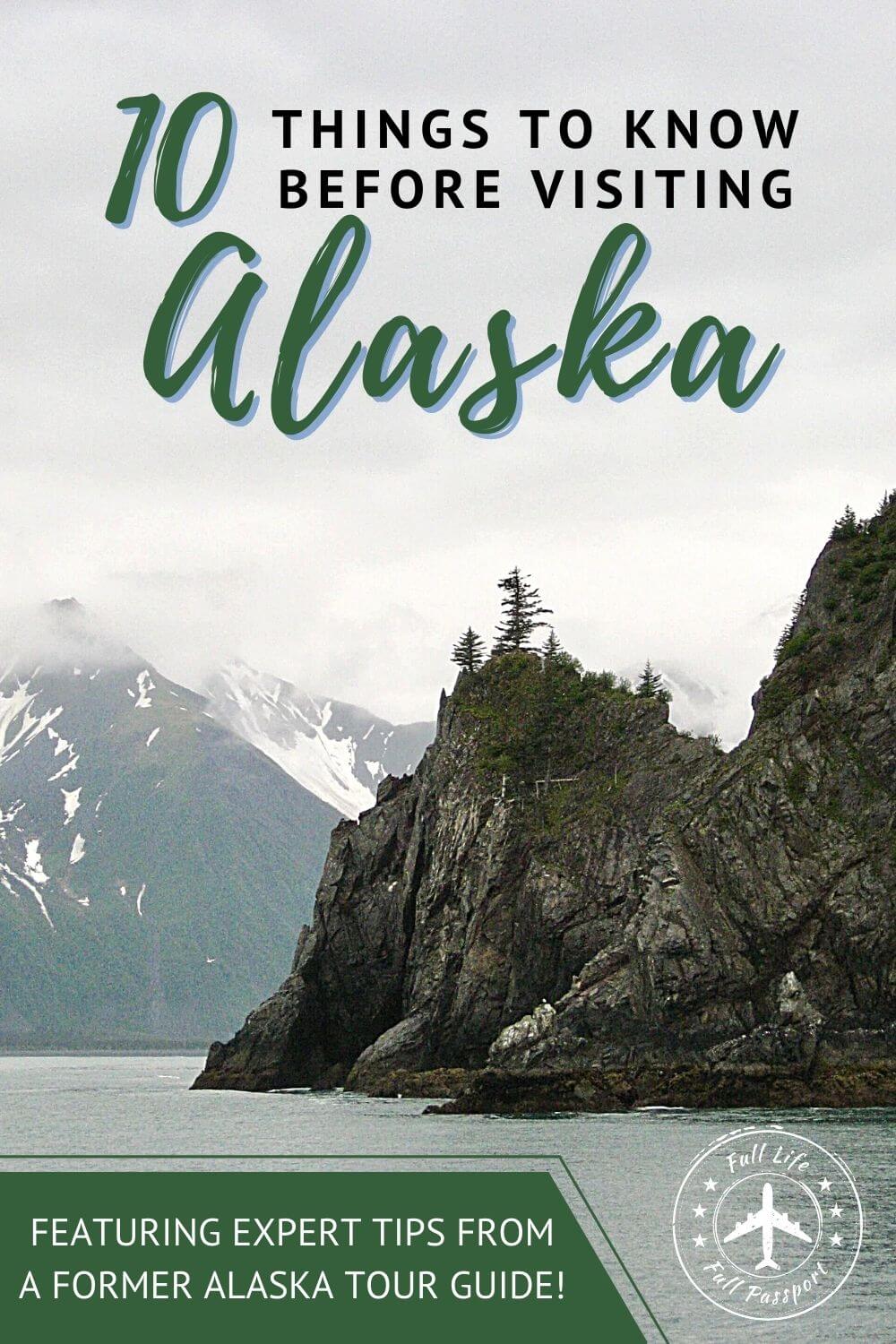

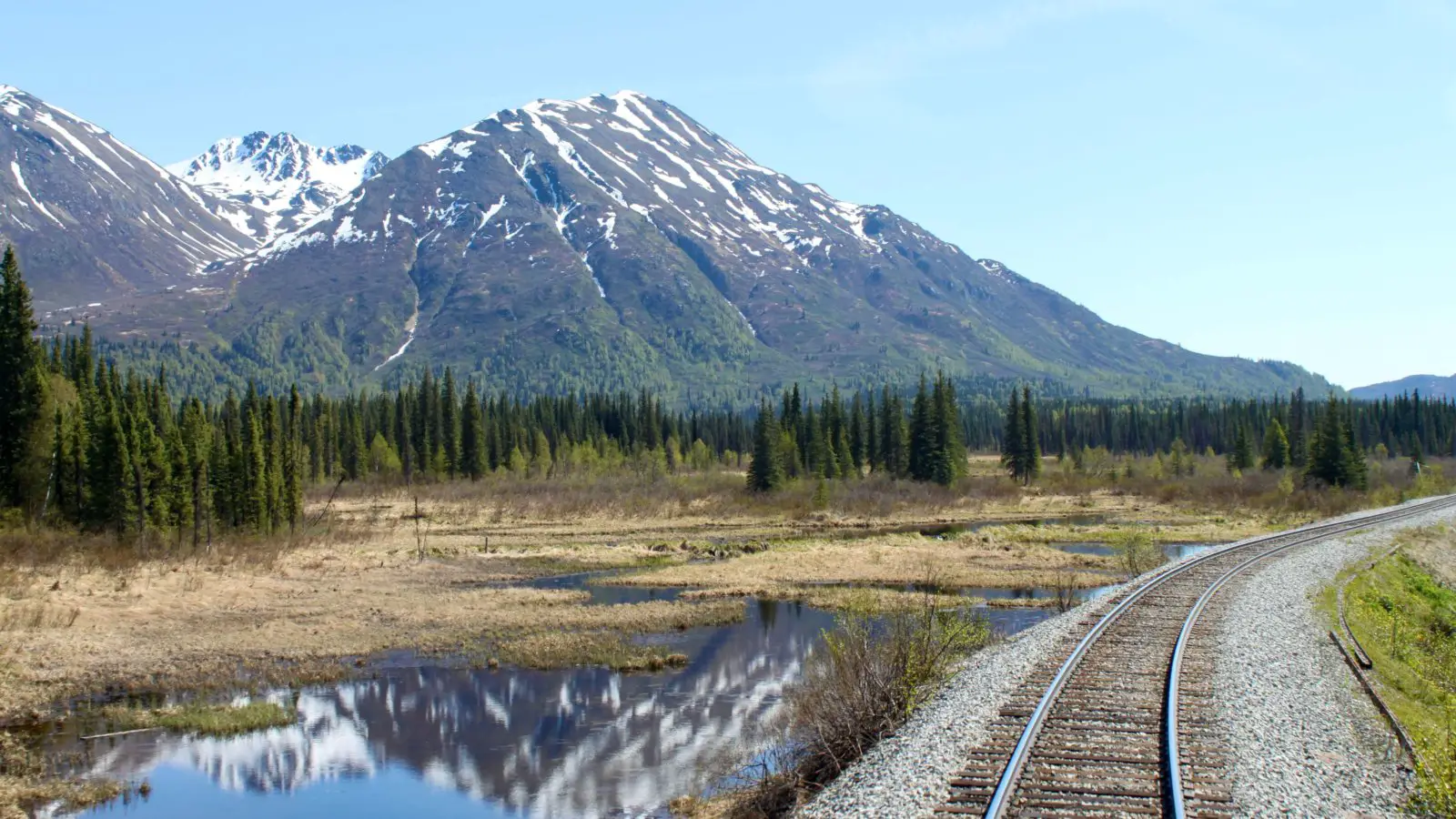
 Flashback Friday: An Overnight Cruise through Vietnam’s Ha Long Bay
Flashback Friday: An Overnight Cruise through Vietnam’s Ha Long Bay

UGH.. so much nostalgia! When are we going back?!
Seriously! Also, true story: I took a lot of these straight from my tour director welcome letter 🙂